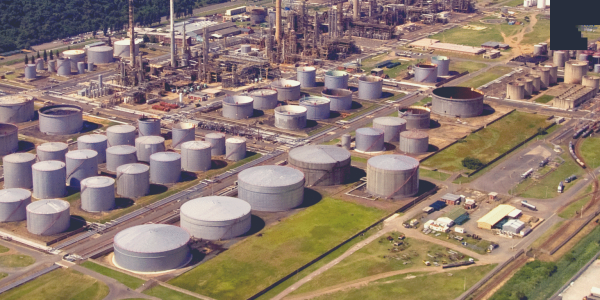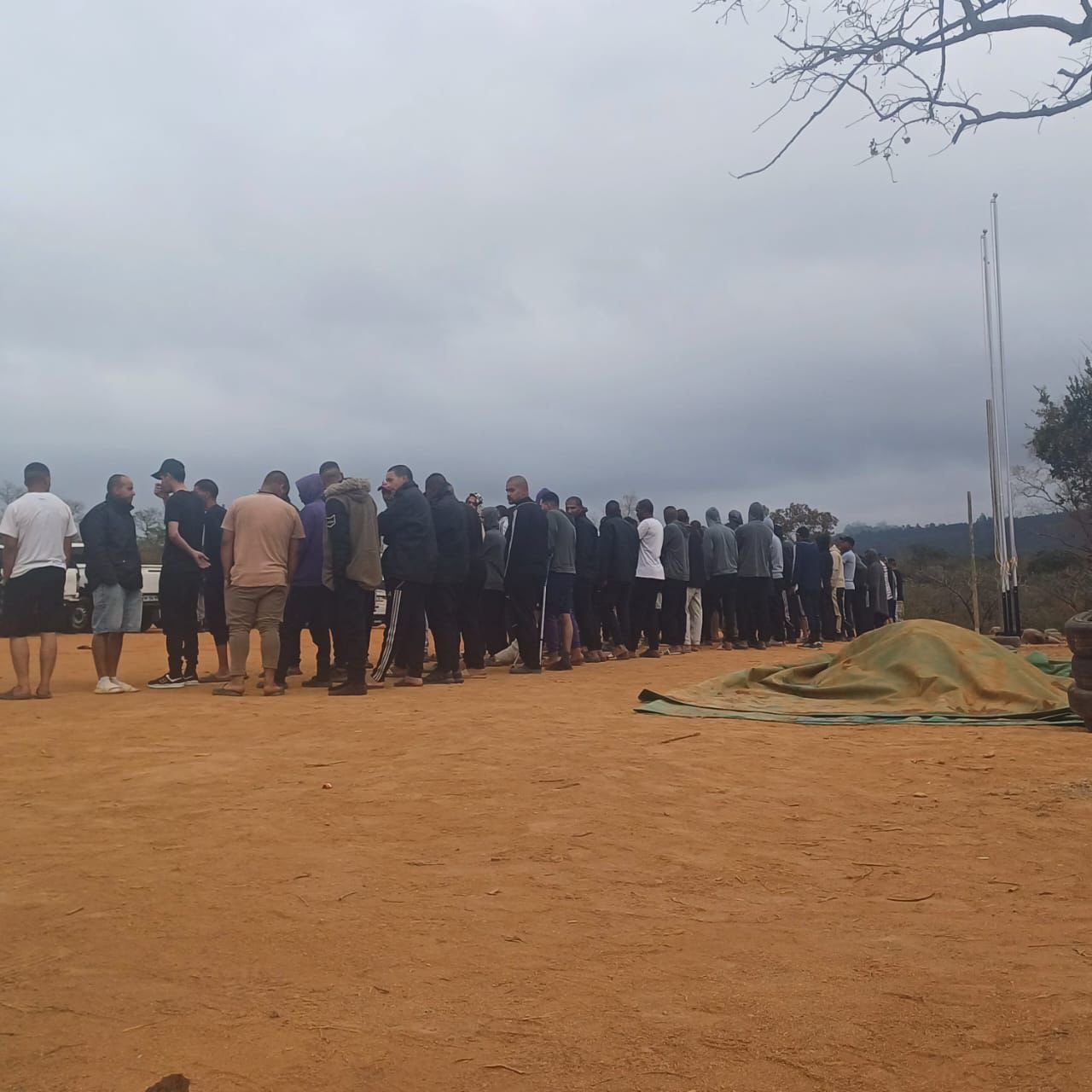By NJ Ayuk, Executive Chairman, African Energy Chamber
South Africa is in many ways one of the most modern countries in Africa, particularly with respect to electricity access. Yet while its numbers compare favorably with most other African nations (as of 2021, 89.3% of the population had reliable access to electricity, making it the fifth-highest ranking in the continent according to the World Bank), it still shares some of the same core problems as the others: an unreliable energy supply facing a rapidly growing population, an expanding economy, and increasing urbanization.
With climate change looming large over any debate about energy, the pressure is on from more economically developed nations for Africa to bypass older energy technologies and jump straight to renewables. As wonderful as that may sound in theory, the key to supplying a growing nation is stability, and the key to stability is diversity. For South Africa, whose current power generation structure is dominated by coal, that means including natural gas — which Africa has in almost as much abundance as sun and wind — to help steady the supply of energy while renewable technology continues to mature.
Diversifying the energy supply is not as simple as opening the door and putting out the welcome mat, however. For energy suppliers to thrive in a new market, they need to see stability as well — stability of policy and infrastructure. Companies don’t like doing business where the rules are Byzantine, and their physical needs are difficult or impossible to supply. To support the expansion of its natural gas infrastructure and ensure a more prosperous future, there are several policy initiatives that South Africa should embrace.
Physical Needs
The most obvious place to start is expanding the existing gas networks to support wider distribution.
Current supply is highly localized in just three areas around Gauteng, Mpumalanga, and KwaZulu-Natal. Adequate storage facilities are sorely lacking outside of these zones and need to be built before pipeline networks can be installed to distribute the gas. Plans are currently underway to develop such facilities in Coega, Richards Bay, Saldanha Bay, and just across the border in Maputo, Mozambique. This is a good start, but more will be needed to facilitate prompt additional power generation when a renewables-based grid needs assistance. Terminals and regasification plants for liquefied natural gas (LNG) would also enhance the country’s import capacity. Public-private partnerships with corporations such as ExxonMobil and Royal Vopak, along with international collaborations among governments, could help accelerate these developments.
South Africa also needs to do more to access and utilize its own native supply of natural gas in areas like Mossel Bay, the Orange River Basin, and the shale formations of the Karoo Basin. Seismic surveys and exploratory drilling are needed to more accurately characterize the resources available and optimize the location of gas processing and transport infrastructure. Energy independence is an important factor in long-term stability, as evidenced in Europe when Russian gas imports were abruptly cut off.
The country could also benefit from converting old, mothballed coal-fired power plants to use natural gas instead. This could save time and money by requiring fewer new builds, and also recover jobs that were lost when these facilities were decommissioned. Although some coal plants can be converted to diesel, LNG is a more environmentally friendly option that more efficiently supports combined-cycle and open-cycle gas turbine plants.
Policy Needs
As is so often the case, much of what stands in the way of progress comes down to policy and paperwork. It’s all well and good to say we need more exploration, but unclear permitting and consulting processes, lengthy appeals timelines that exceed regulatory allowances, and limited permit validity periods for reconnaissance activities are highly discouraging to potential investors and developers, who need assurance that they aren’t throwing their time and money into a bottomless pit.
Instead, development partners need clear, stable, and supportive regulations to ensure legal certainty for projects. Policy implementation and permitting must be transparent and provide a clear framework for discussion and decision-making when considering risks, mitigations, and economic development goals.
A policy brief published by Eye for Business and commissioned by The EnerGeo Alliance in May 2024 offered a number of suggested policy reforms aimed at streamlining energy development in South Africa. The EnerGeo Alliance is a global trade alliance for the energy geoscience industry, representing geoscience companies, innovators, and energy developers. Steps recommended by the brief include well-thought-out reforms that could quickly spur much-needed investment in the country:
Implementing clear and stable policies that support the development and integration of natural gas within the energy sector.
Addressing policy gaps regarding new gas sources and creating incentives for investment in gas infrastructure.
Streamlining geoscience survey permitting and consultation processes to provide critical data for identifying and developing domestic natural gas resources.
Providing certainty for project proponents who have received relevant exploration rights and environmental authorizations.
Considering standardized and coordinated assessment of environmental impacts and consultations to provide greater confidence for all stakeholders and reduce redundant assessments and consultations.
Initiating regular licensing rounds for offshore exploration activities to provide opportunities for investment and enhance competition.
Extending the validity of reconnaissance rights to offer project proponents more flexibility in seismic data acquisition, even when weather and environmental sensitivities cause slowdowns.
Prioritizing the construction of LNG terminals and other necessary infrastructure to support natural gas import, storage, and transportation.
Establishing a clear timeline detailing how natural gas can add value in the immediate future, well before renewables become available.
Establishing stringent safety standards and regular maintenance schedules for gas infrastructure to mitigate risks and ensure long-term operational integrity.
To expand on that last item, while it is important for economic development to provide a supportive environment for investors, any wise society must also take steps to protect itself from being taken advantage of due to lax or nonexistent regulation that can result in compromises to oil and gas infrastructure. A stable supply of energy can only occur when safety and security regulations are respected and consistently enforced.
With national energy demand expected to triple by 2040, South Africa must plan wisely to expand and stabilize its energy supply, both imported and domestic, while respecting well-founded concerns about future climate change. Natural gas is the most reliable, efficient, abundant, and lowest-carbon fuel available to bridge the gap to a fully renewable future. If we are to utilize it responsibly, we must first provide a sound, sensible, and transparent policy foundation to smooth the road for all who wish to see South Africa prosper in the decades to come.
Distributed by APO Group on behalf of African Energy Chamber.
#Gas #Infrastructure



